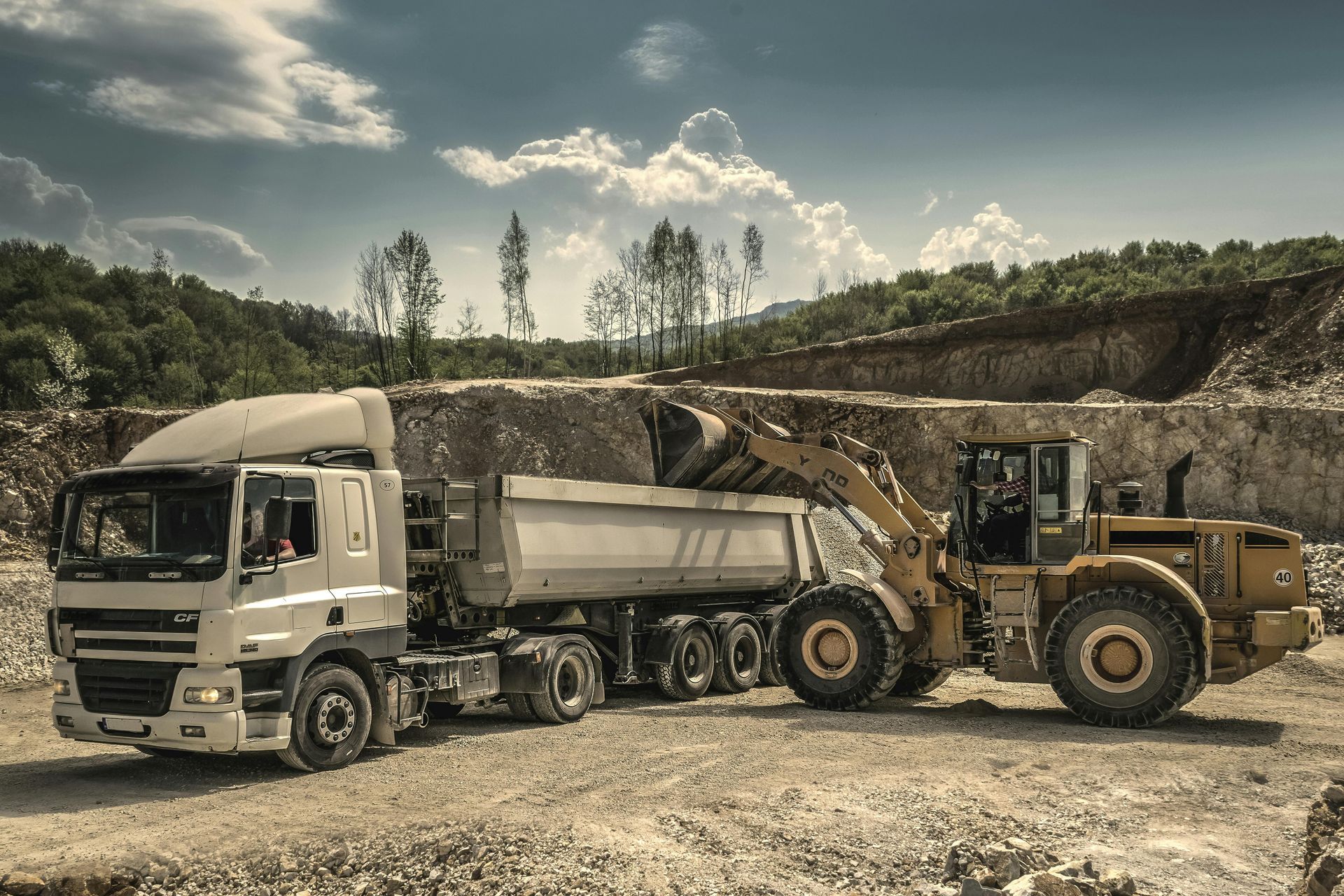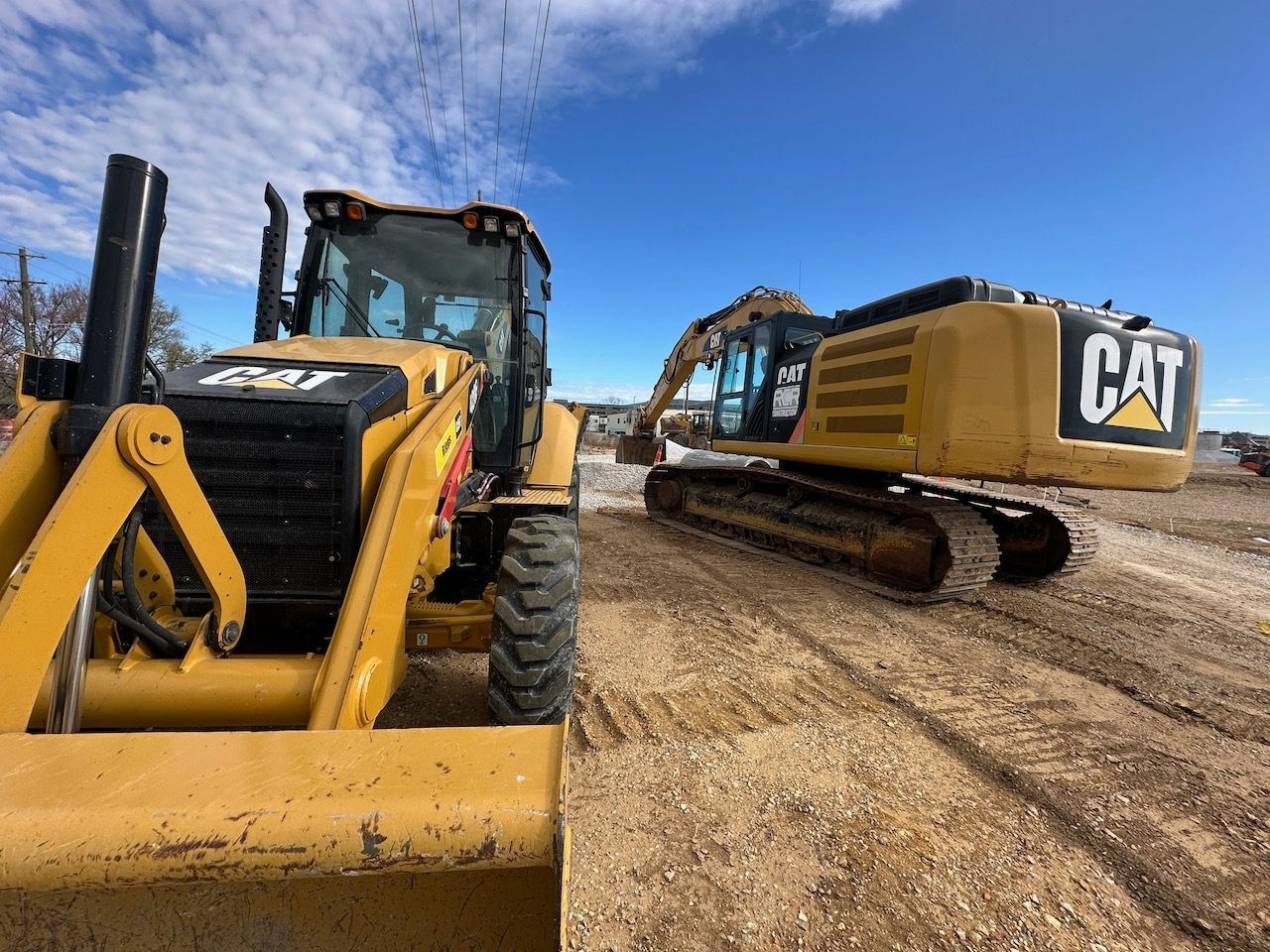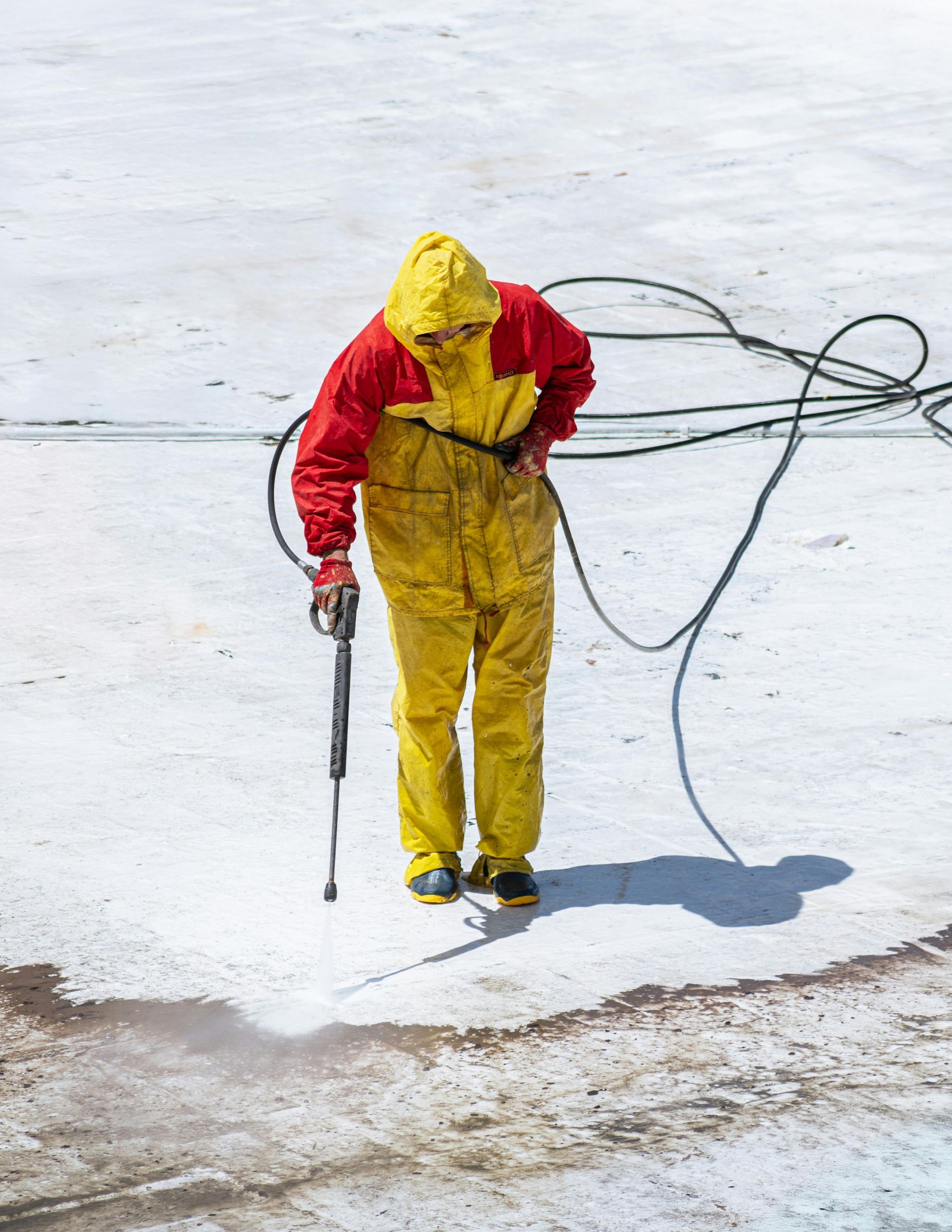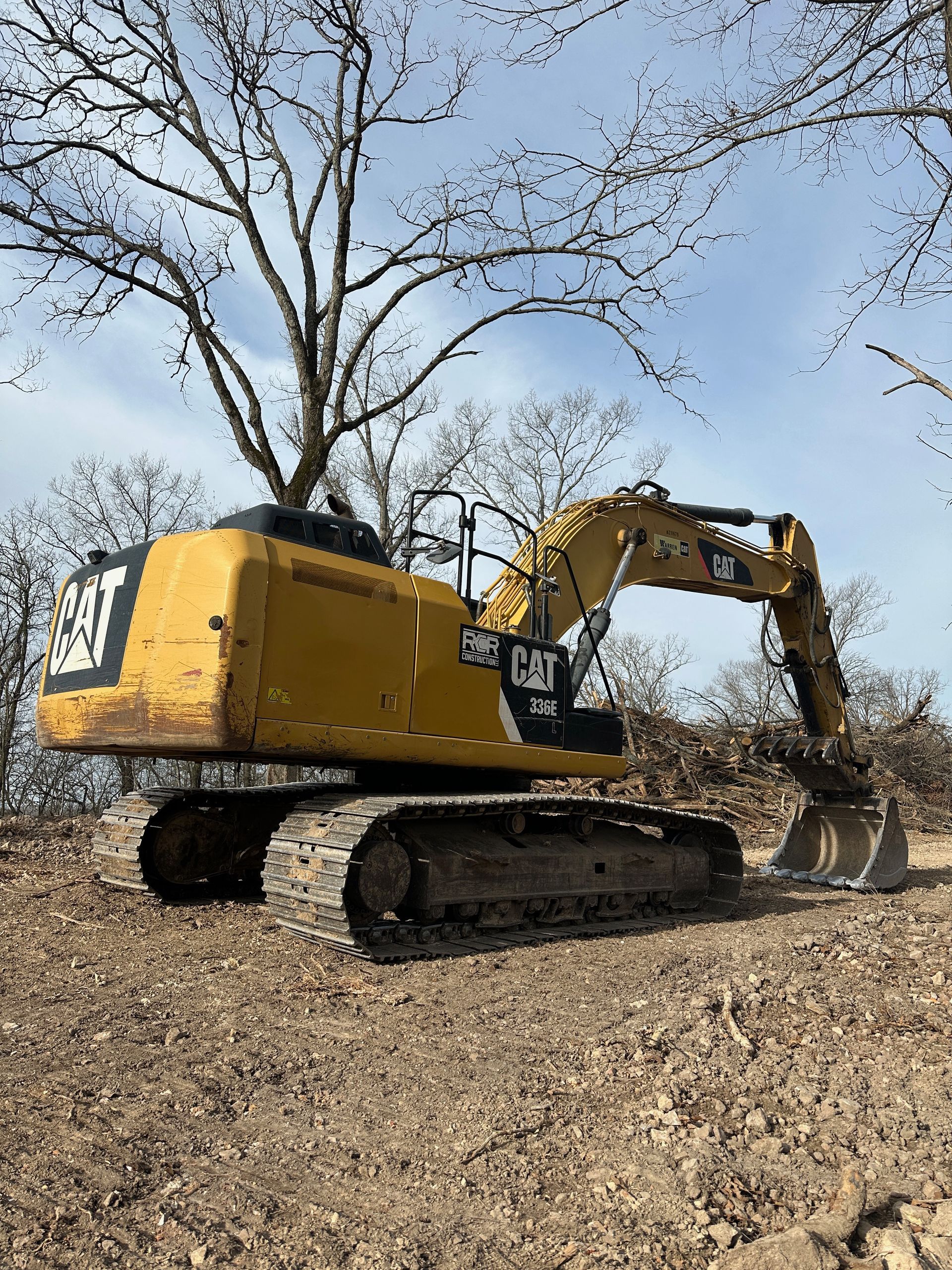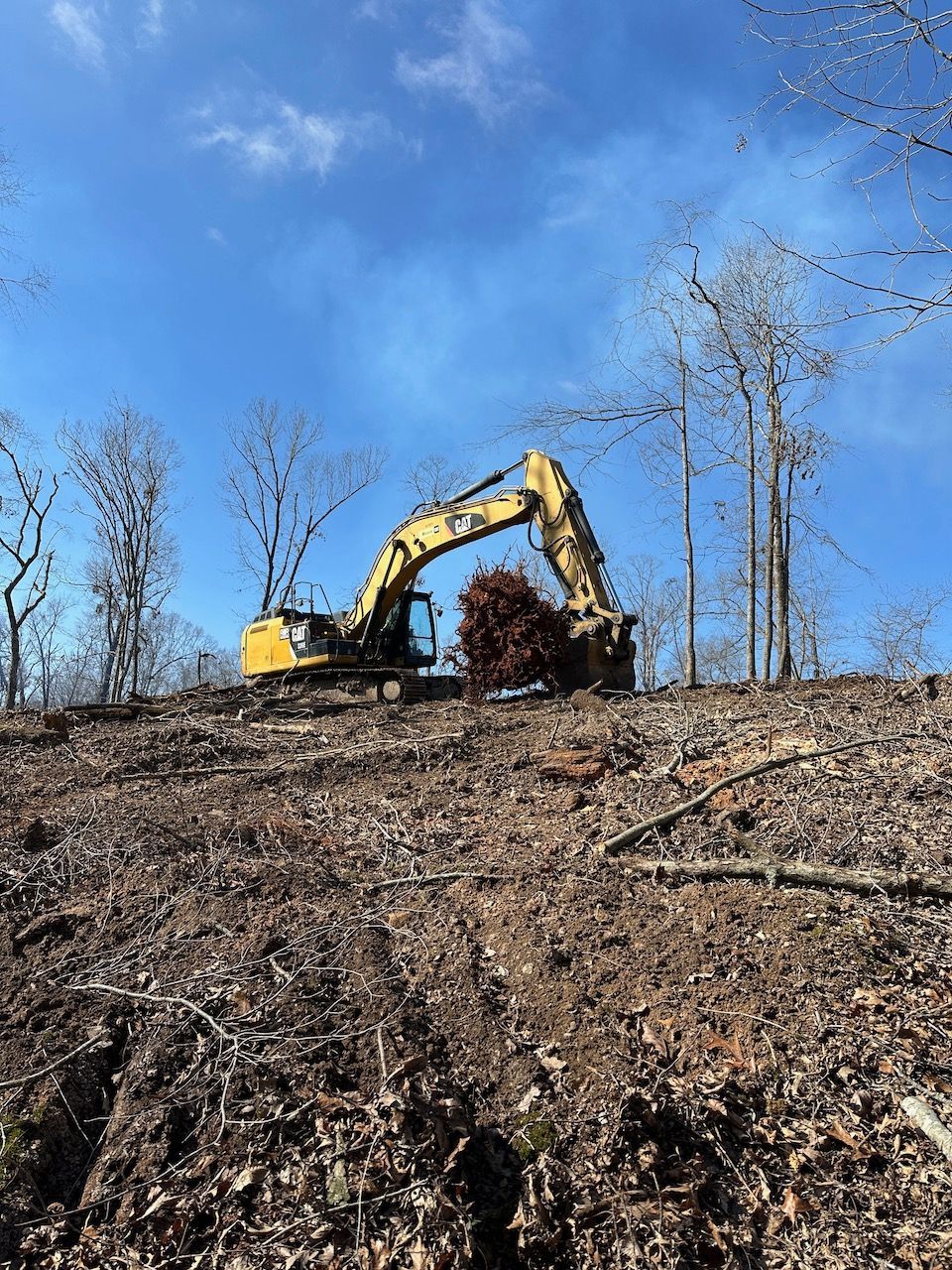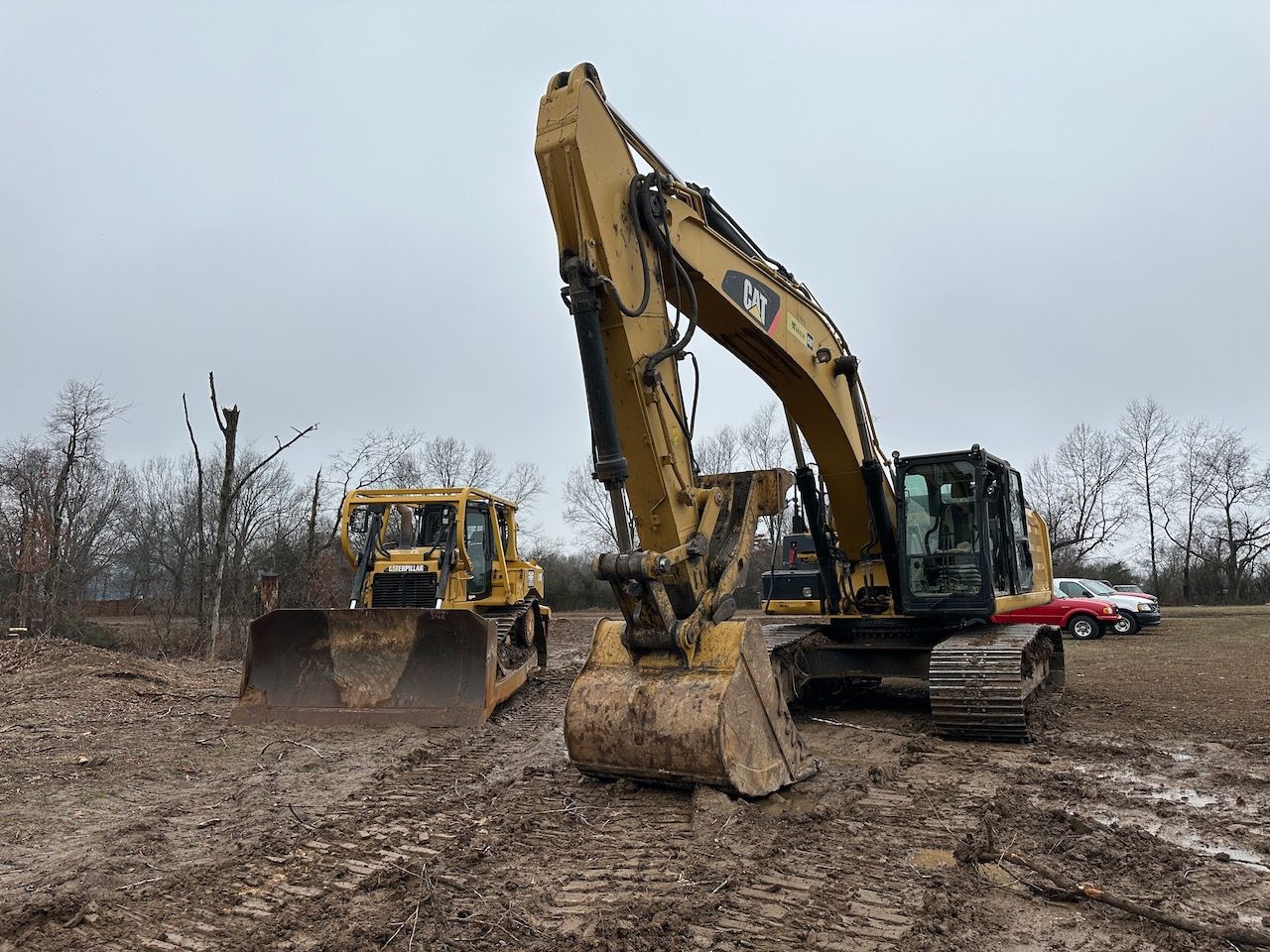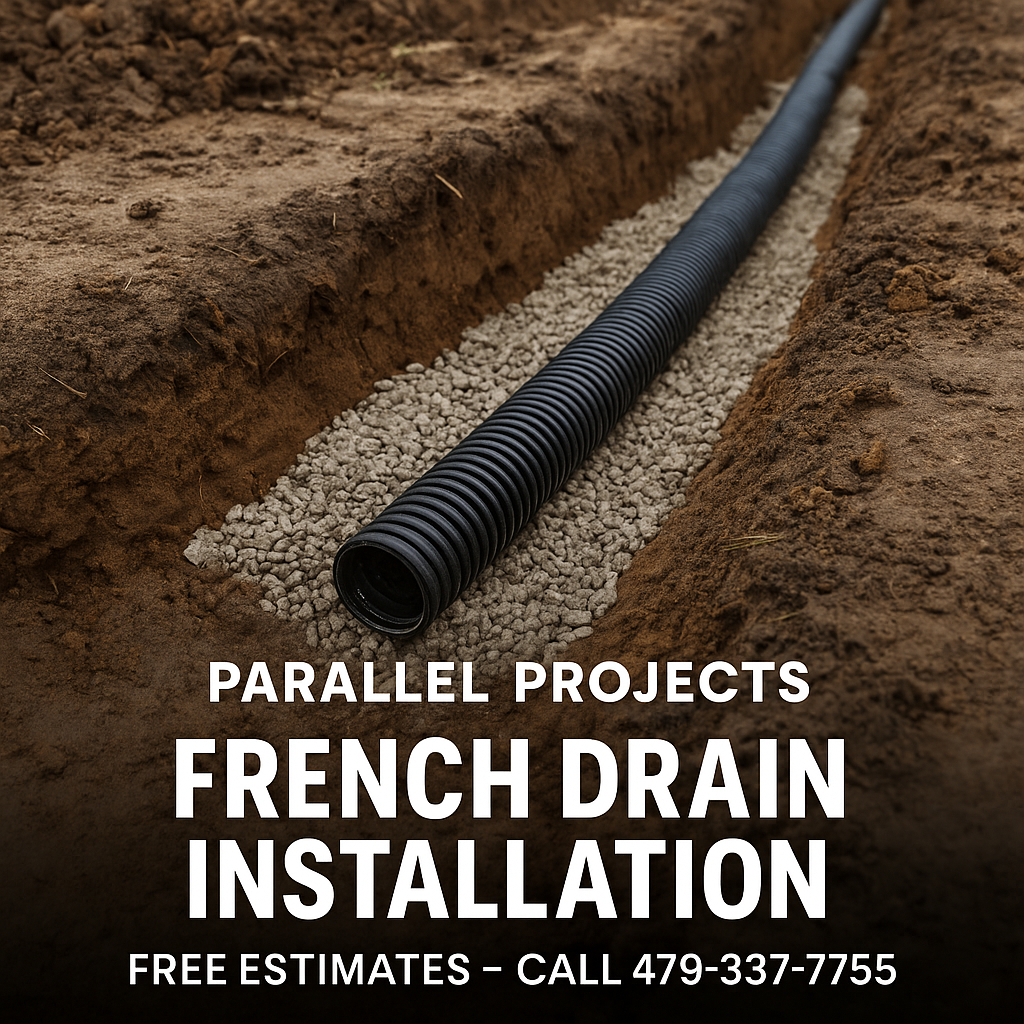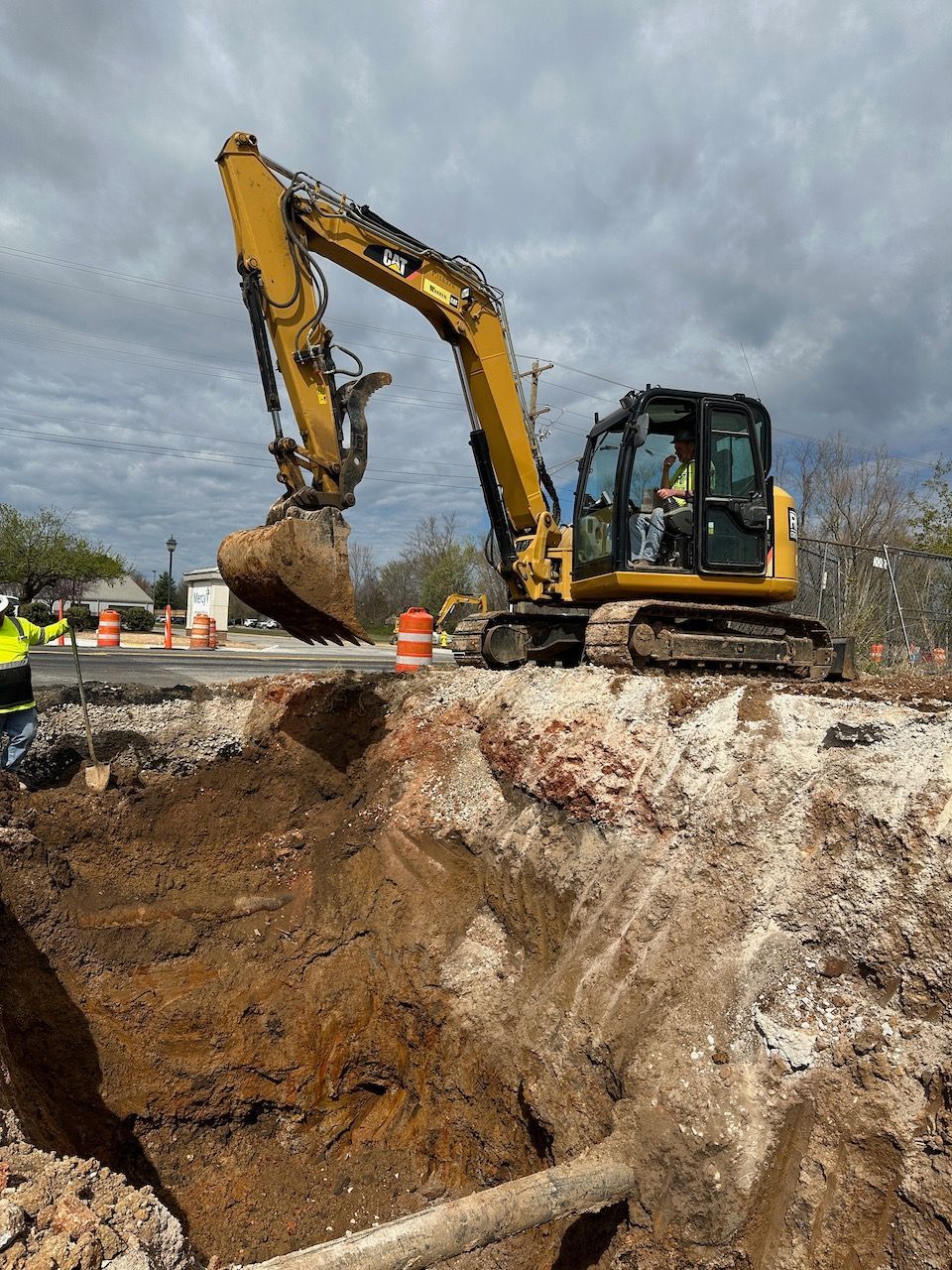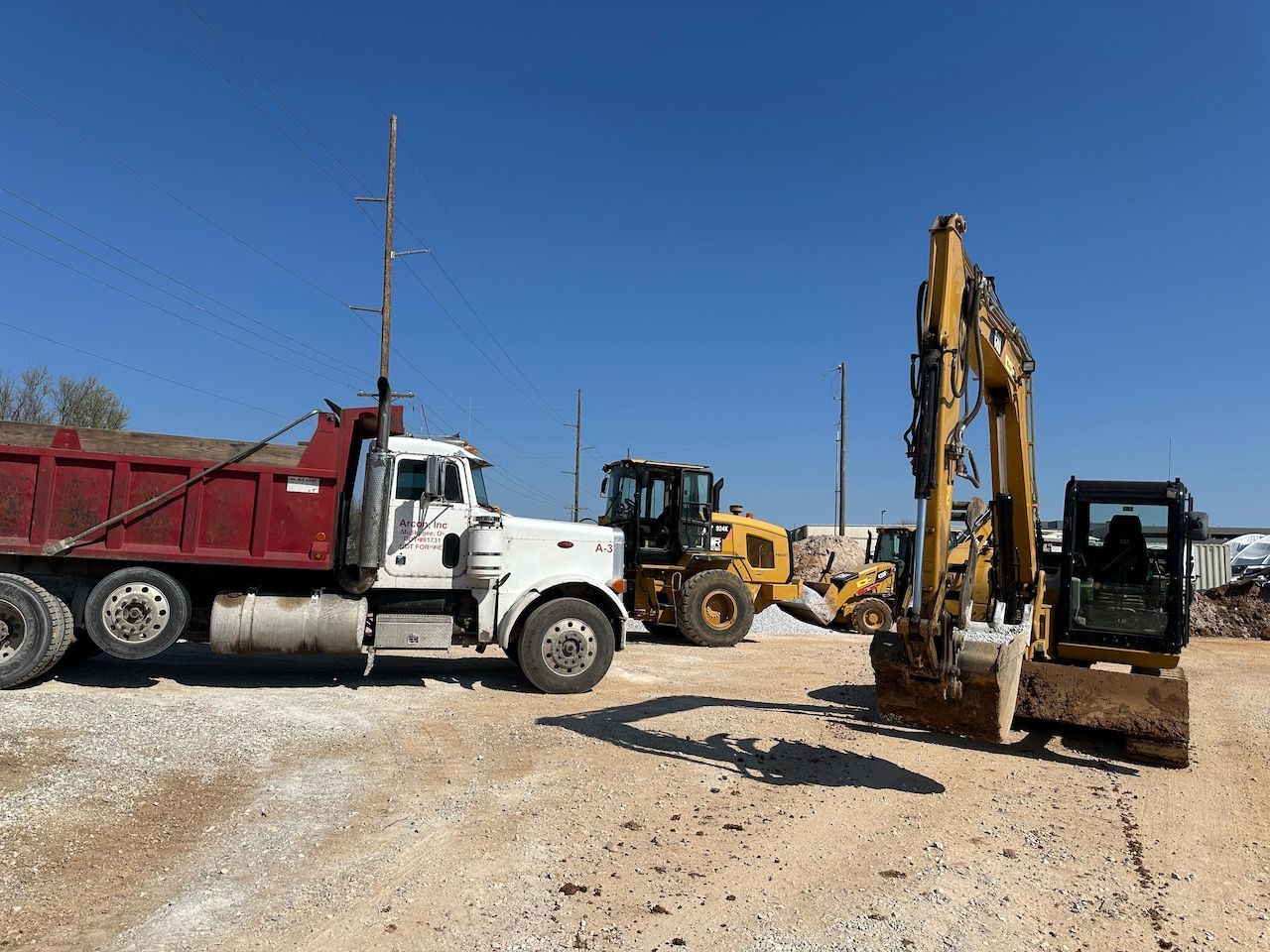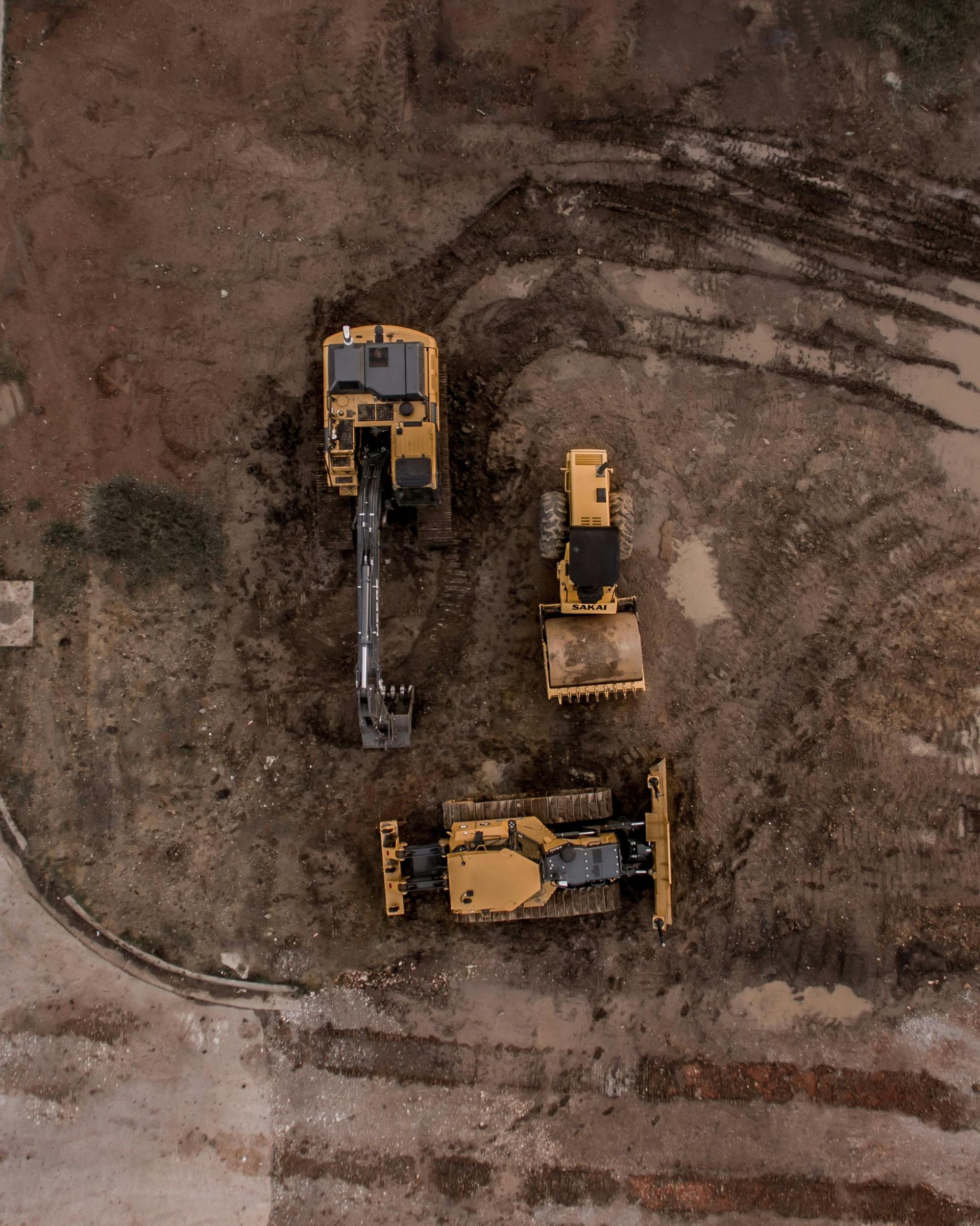By Zack Roller
•
May 27, 2025
✅ Introduction Standing water in your yard isn't just annoying—it can be a serious red flag. What starts as a soggy patch of grass can quickly lead to dying plants, mosquito infestations, foundation damage, and even neighbor disputes. And in Northwest Arkansas, it’s a more common problem than many realize. Between the region's heavy clay soils, irregular terrain, and frequent rains, yards here simply don’t drain like they should. If water tends to linger after a storm or pool in low spots, it’s likely a sign that your property needs professional drainage intervention. In this blog, we’ll take you deep into everything you need to know to solve standing water issues for good. We’ll cover: Why your yard might be holding water How to identify the root cause The most effective drainage systems available Local tips specific to Northwest Arkansas Pro vs. DIY mistakes to avoid Real examples from past projects If you’re tired of muddy shoes, soggy grass, or mystery puddles—this is the guide you’ve been looking for. 🌧️ Section 1: Why Standing Water Happens Standing water is often the symptom of a bigger, hidden problem. To truly fix it, you first need to understand what's causing it in the first place. Here are the most common culprits: 1. Soil Type (Clay-Heavy Soils, Poor Absorption) Northwest Arkansas has a lot of clay-based soil, which naturally holds water instead of letting it drain. Unlike sandy or loamy soils, clay compacts tightly and resists absorption, making your yard act more like a bowl than a sponge. 2. Improper Grading If your yard doesn’t slope away from your home or toward a designated drainage area, water will simply sit where it lands. A poor grade often isn’t visible to the naked eye but can make all the difference in how water flows—or doesn't. 3. Gutter and Downspout Issues Your roof collects massive volumes of water during storms. If your downspouts dump that water too close to the house—or worse, if your gutters are clogged—you're almost guaranteed to see pooling near the foundation or low points. 4. High Water Table or Neighbor's Runoff In some cases, the issue isn’t even your yard—it’s your location. If your property sits at a lower elevation than your neighbor’s, or in a zone with a high water table, you may be taking on more water than your yard can handle naturally. 5. Visual Signs You Have a Drainage Problem Puddles lasting more than 24 hours Soggy, spongy areas underfoot Water stains on your foundation Plant or grass death in specific areas Soil erosion or mulch being washed away If you’re noticing any of these, it’s likely time to take action before minor water issues become major structural ones. 🧪 Section 2: How to Diagnose Your Yard Before jumping into costly fixes, it’s important to take a step back and identify what’s really going on with your yard. Diagnosing your drainage issue properly helps avoid wasting time and money on the wrong solution. DIY Puddle Tracking After Rainfall After a storm, go outside and take notes. Where is the water pooling? How long does it take to drain? Take photos and track these spots over a few different storms. This helps reveal patterns and problem zones. Where Does the Water Collect, and How Long Does It Stay? If water disappears in a few hours, you might just have a minor surface issue. If it's still there the next day—or worse, days later—you likely have compacted soil, a poor slope, or no proper drainage route. Do a Hose Test: How Fast Does Water Absorb? Use a hose on suspected areas to simulate rainfall. Let water run for 10–15 minutes and watch: Does it run off or soak in? Does it follow a path? Does it gather in low points? If water doesn’t start absorbing within a few minutes, you likely have a clay problem or compacted ground. When to Call a Professional If you’ve observed standing water more than once, or if water is threatening your home, landscaping, or neighboring properties—it’s time to bring in a drainage expert. A pro will use laser levels, soil tests, and layout experience to find a permanent solution. Sidebar Box: How to Know If You Need a Drainage Fix Puddles lasting more than 12–24 hours Grass or mulch always soggy in the same spots Water near your foundation or crawl space Visible slope toward your home Cracked or shifted concrete from moisture Neighbor runoff pooling on your property 🛠️ Section 3: Yard Drainage Solutions That Actually Work There’s no one-size-fits-all drainage fix—your solution depends on your yard’s layout, slope, soil, and where the water is collecting. Here are the most effective options we use at Parallel Projects: French Drains A classic, hidden system that uses a perforated pipe wrapped in rock and fabric to redirect water underground. Ideal for persistent low spots where water collects and sits. Best used along house foundations, behind retaining walls, or at the base of slopes. Dry Creek Beds These act like decorative drainage ditches. Built with river rock and a carved channel, they allow moderate surface water to flow through naturally while blending with landscaping. A great fit for larger yards or highly visible problem areas. Catch Basins & Grates Great for isolated pooling spots—like at the bottom of downspouts or near patios. A grate collects surface water, which is then channeled through underground piping to a safe discharge point. Gutter & Downspout Extensions If your gutters are dumping water too close to the house, downspout extensions are a quick and low-cost fix to carry water further into the yard or into a French drain. Swales A shallow, grass-covered channel that gently redirects surface water across your yard. Perfect for directing water from a neighbor’s yard or sloped terrain toward a dry well or exit point. Soil Amendment (Sand/Topsoil Mix) Improves absorption in areas with heavily compacted or clay soil. Often used in tandem with grading work to give water somewhere to go. Grading or Regrading Changing the slope of your yard to ensure water flows away from your home and doesn’t pool in low spots. This is often the root solution needed when everything else fails. Sump Pump Systems (in Extreme Cases) Rare for standard yards, but necessary in areas with extremely high water tables or constant flooding. Water is collected in a basin and pumped away mechanically. Comparison: Drainage Solutions at a Glance French Drain Best For: Pooling water in low areas, near foundations Estimated Cost: $$ Maintenance: Medium Aesthetics: Hidden underground system Swale Best For: Redirecting surface water gently across the yard Estimated Cost: $ Maintenance: Low Aesthetics: Blends naturally with lawn Dry Creek Bed Best For: Moderate surface flow and visible landscaping Estimated Cost: $$ Maintenance: Low Aesthetics: Decorative rock feature Catch Basin Best For: Small, isolated pooling spots Estimated Cost: $ Maintenance: Low Aesthetics: Grate is visible but low-profile Downspout Extension Best For: Moving water away from house foundation Estimated Cost: $ Maintenance: Very low Aesthetics: Barely visible or buried Grading/Regrading Best For: Fixing poor slope or surface water flow Estimated Cost: $$$ Maintenance: None after install Aesthetics: Neutral, part of landscape Soil Amendment Best For: Improving absorption in clay-heavy soil Estimated Cost: $ Maintenance: Low Aesthetics: Not visible Sump Pump System Best For: Severe drainage or below-grade issues Estimated Cost: $$$$ Maintenance: High Aesthetics: Hidden (buried) | | Low | Decorative | | Catch Basin | Isolated water spots | $ | Low | Discreet | ⚠️ Section 4: Do's and Don’ts of Yard Drainage Even with the best intentions, yard drainage mistakes can cause more harm than good. Whether you're going the DIY route or hiring a pro, here are the biggest do's and don'ts to keep in mind: DO: Call a professional if you're unsure — drainage issues are often more complex than they appear Use the proper slope — pipes need a consistent downhill grade (at least 1% per 10 feet) Plan the water’s exit route — always make sure you’re sending water to a legal and logical discharge point Use quality materials — cheap pipe, undersized rock, or bad fabric can lead to failure Document water flow after storms — this will help you or your contractor design the best solution DON’T: Bury a pipe without planning the slope — a common DIY mistake that causes backflow or clogging Assume the problem will fix itself — standing water gets worse over time and damages foundations, grass, and topsoil Install a French drain with landscape fabric on top — this can trap water instead of filtering it Forget about your neighbors — redirecting water onto their property can create legal problems Ignore grading issues — surface water management is just as important as underground drains Quick Tip: A poorly installed French drain is one of the most common issues we’re called to fix. Often, the pipe is placed too shallow, has no outlet, or uses the wrong materials. Let the pros do it right the first time. 📍 Section 5: Local Considerations for NWA Drainage isn’t just a backyard issue—it’s also a local one. Northwest Arkansas has unique terrain, clay-heavy soil, and local ordinances that make it essential to consider regional factors when designing a drainage solution. How Our Arkansas Terrain Affects Drainage From the hills of Bella Vista to the flat lots in Springdale, elevation plays a huge role in how water behaves. In rural areas, lack of infrastructure can make natural drainage solutions like swales more important. In suburban neighborhoods, tight lot lines often lead to runoff disputes and poor absorption. Rules for Routing Water Off Your Property Most cities and counties in NWA require that water discharged from drainage systems stays on your property or is routed to an approved storm drain. It’s illegal—and potentially actionable—to redirect water directly onto a neighbor’s yard or into a city street without permission. Avoiding Disputes with Neighbors One of the most overlooked issues in drainage work is how your system affects adjacent properties. If your French drain or swale sends more water downhill to a neighbor’s yard, you could be held liable. That’s why a well-designed system always accounts for where the water ends up—not just where it starts. When Permits Are Required While minor residential drainage work often doesn’t need a permit, larger projects or anything that involves significant earthwork, crossing property lines, or tying into public infrastructure might. Parallel Projects checks with local planning departments to ensure everything is above board before we dig. 🧰 Section 6: How Parallel Projects Fixes Drainage At Parallel Projects, we don’t guess — we solve. Every drainage solution we build is backed by precision grading, quality materials, and the experience that comes from working in the unique terrain of Northwest Arkansas. On-Site Evaluation Process We begin every job with a free on-site assessment. Our team evaluates slope, soil type, water flow patterns, and property boundaries. We walk the property with you, answer your questions, and recommend the most effective solution — whether that’s a French drain, grading correction, or multiple systems working together. Grading and Trenching Equipment Used We use skid steers, trenchers, mini excavators, and laser-level tools to ensure proper depth and slope for every project. The goal isn’t just to dig — it’s to carve a controlled path for water that performs even during heavy storms. Material Quality: Rock Size, Pipe Type Unlike big-box store kits, we use: Double-wrapped perforated pipe for longevity Clean, angular drainage rock (not pea gravel) Commercial-grade filter fabric to prevent clogs These materials make a huge difference in long-term performance and minimize maintenance. Timeline for Typical Projects Most residential drainage jobs take 1–3 days depending on the complexity and weather. Larger projects or grading + drainage combos may take up to a week. We give you a clear timeline before we begin. Drainage + Grading Combo Projects Often, we combine grading adjustments with underground drainage to solve the problem at the surface and the soil level. This is ideal when the slope is sending water toward your home or when the property layout demands dual-action. Case Study Box: Before & After: French Drain in Fayetteville A Fayetteville homeowner had pooling water in their side yard that killed grass and threatened their foundation. We installed a French drain system that rerouted water 40 feet away to a safe discharge zone. Within 24 hours of the first storm, the yard was dry, and the homeowner could finally enjoy their outdoor space again. 💬 Section 7: Common Homeowner Questions (FAQ) Do I need a permit for drainage work? In most cases, standard residential drainage work like French drains, swales, or gutter extensions doesn't require a permit. However, if your project involves significant earth movement, connects to public infrastructure, or crosses property lines, a permit may be required. We always check with local jurisdictions before starting work. Will this fix the problem forever? When done correctly with the right materials and slope, a drainage system can last for decades. While no outdoor system is truly "forever," especially with shifting soil and weather extremes, proper installation drastically reduces the chance of future problems. We design our systems to be low-maintenance and long-lasting. Can I plant grass over a French drain? Yes — and in fact, it’s encouraged. French drains are typically buried under several inches of soil and can be seeded or sodded like any other part of your lawn. Just make sure the soil layer above the drain allows water to filter through easily. How deep does it need to be? Most residential French drains are buried 12–18 inches deep, depending on the terrain and the extent of the water problem. Catch basins and sump basins may go deeper. The key is not just depth, but consistent slope throughout the pipe run. Is this covered by insurance? Typically, homeowners insurance does not cover the installation of drainage systems as it's considered preventative. However, if water damage has already occurred due to drainage failure, certain aspects of repair may be covered. We recommend checking with your insurance agent before starting the job. 📞 CTA: Get a Drainage Evaluation If you’re ready to stop dealing with soggy spots, flooded foundations, or stubborn standing water — let’s fix it for good. At Parallel Projects, we offer free on-site drainage evaluations across Northwest Arkansas. Whether you’re in Rogers, Fayetteville, Bentonville, Springdale, or a nearby rural property, we’ll come to you, assess the issue, and recommend a custom solution that works long-term. 📍 Service Areas: Rogers, Bentonville, Fayetteville, Springdale, Pea Ridge, Centerton, Bella Vista, and surrounding areas. 📞 Call or Text: 479-337-7755 📩 Online Form: Request a Quote Don’t let water ruin your yard. Let’s solve it — the right way, the first time.
